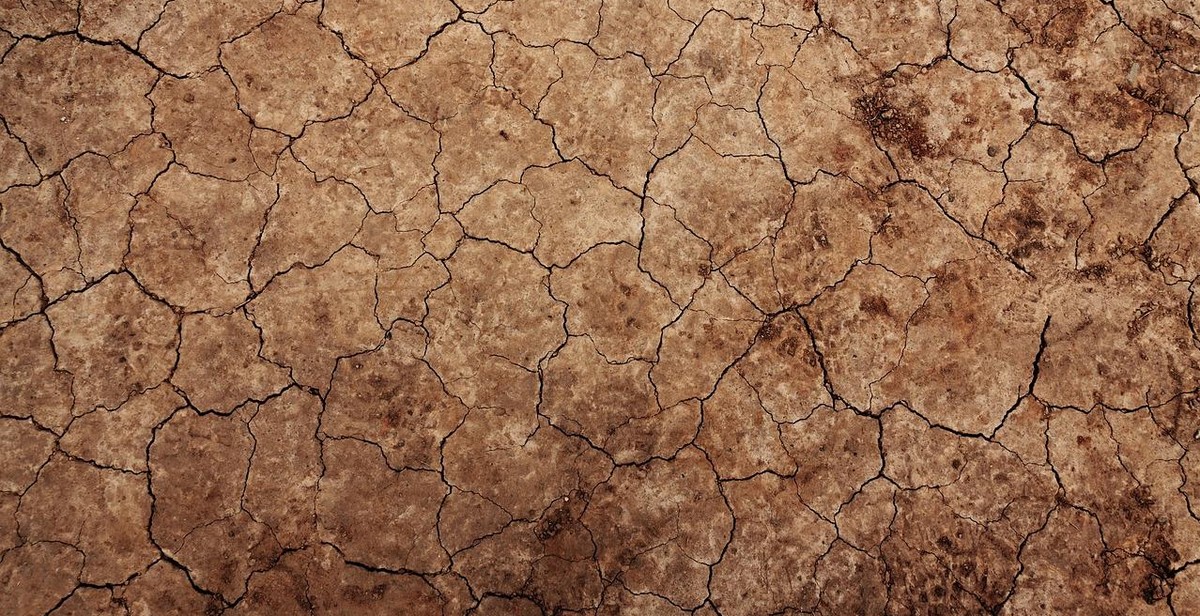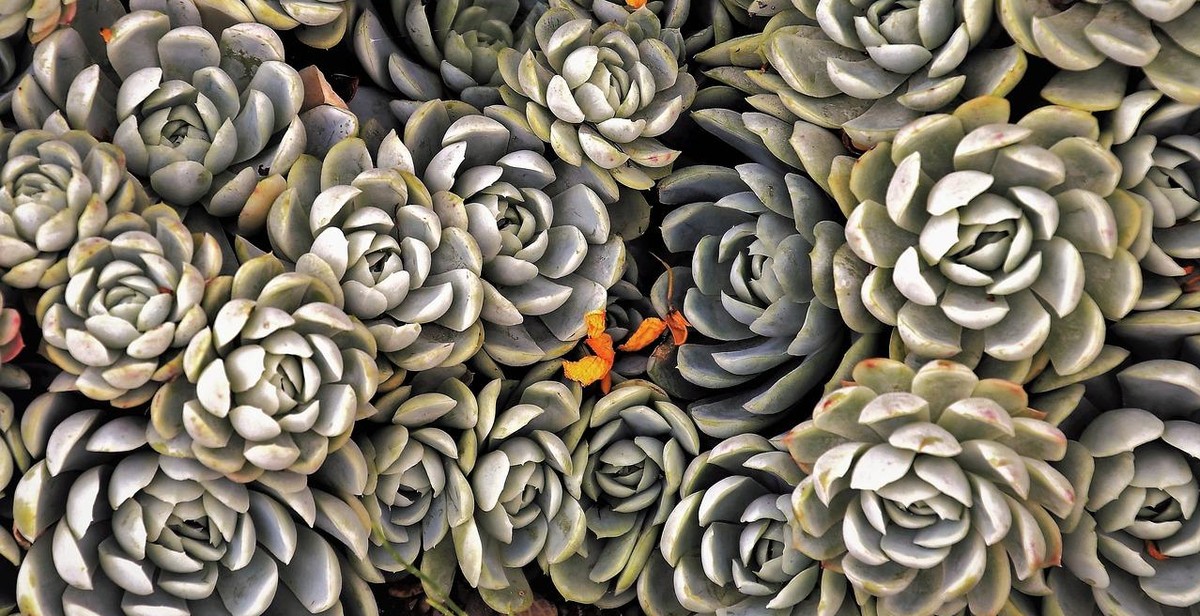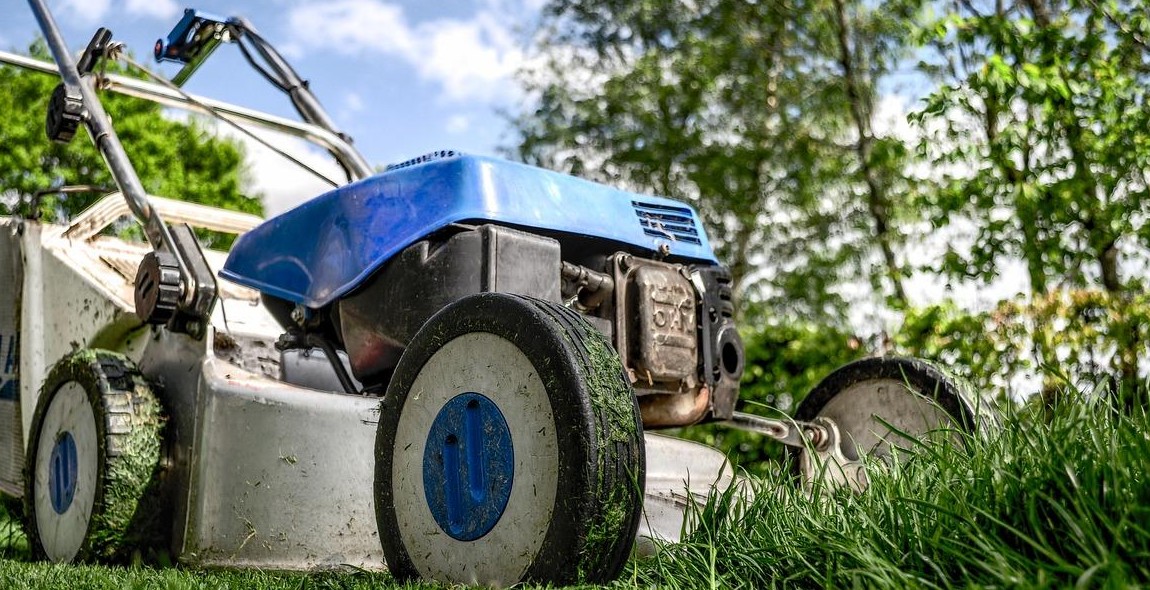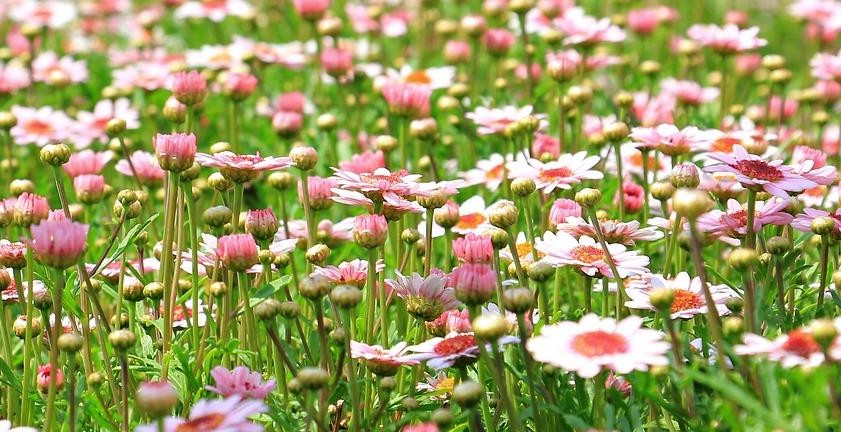How to Do Basic Gardening: Essential Skills for Growing Plants and Flowers
Gardening is a rewarding hobby that can benefit both your mental and physical health. Whether you have a small balcony or a spacious backyard, you can create a beautiful garden that adds color and life to your surroundings. However, if you’re new to gardening, it can be overwhelming to know where to start. In this article, I will share my personal experience and essential skills for basic gardening that will help you get started on the right foot.
Why Gardening Is Important
Gardening is not only a fun and relaxing activity, but it also has numerous benefits for your health and the environment. Studies have shown that gardening can reduce stress, improve mood, and increase physical activity. It can also provide you with fresh, organic produce and support biodiversity by providing habitats for pollinators and beneficial insects.
Essential Skills for Basic Gardening
- Choosing the right location for your garden
- Preparing the soil for planting
- Selecting the right plants for your climate and soil type
- Watering and fertilizing your plants
- Pruning and maintaining your garden
By mastering these essential skills, you can create a thriving garden that will provide you with beauty, fresh produce, and a sense of accomplishment. So, let’s get started on your gardening journey!

Understanding Your Soil
As an experienced gardener, I know that the key to growing healthy plants and flowers is understanding the quality of your soil. Soil is a complex mixture of minerals, organic matter, water, and air. It is the foundation for every plant you grow, and it plays a significant role in their overall health and growth.
The Importance of Soil Quality
The quality of your soil is crucial to the success of your garden. It affects the availability of nutrients, water, and air to your plants. Poor soil quality can lead to stunted growth, disease, and even death of your plants. On the other hand, healthy soil can support the growth of vibrant and healthy plants.
How to Test Your Soil
Before you start planting, it’s essential to know the quality of your soil. You can test your soil using a soil test kit or by sending a sample of your soil to a laboratory for analysis. A soil test will give you information about your soil’s pH level, nutrient content, and organic matter content. Based on the results of your soil test, you can adjust your soil’s pH level and add nutrients to improve its quality.
Improving Soil Quality
If your soil test indicates that your soil is of poor quality, there are several ways to improve it. One way is to add organic matter, such as compost or well-rotted manure, to your soil. Organic matter helps improve soil structure, increases water-holding capacity, and adds essential nutrients to the soil. Another way to improve your soil quality is by adding fertilizers. Fertilizers provide your plants with essential nutrients that may be lacking in your soil. However, it’s essential to use fertilizers in moderation to avoid over-fertilization, which can harm your plants.
| Amendment | Benefits |
|---|---|
| Compost | Improves soil structure, adds nutrients, increases water-holding capacity |
| Well-rotted manure | Improves soil structure, adds nutrients, increases water-holding capacity |
| Fertilizers | Provides essential nutrients to plants |
By understanding your soil and taking steps to improve its quality, you can create a healthy and thriving garden. Remember to test your soil regularly and adjust your gardening practices accordingly. With a little effort and patience, you can grow beautiful and healthy plants and flowers.

Choosing the Right Plants
Choosing the right plants for your garden is essential for their growth and survival. There are several factors to consider when selecting plants, including your climate, understanding plant needs, and choosing plants that suit your space.
Consider Your Climate
Before selecting plants, it is essential to understand your climate. Different plants thrive in different environments, so choosing the right plants for your climate is crucial. For instance, if you live in a region with a hot and dry climate, you should choose plants that can tolerate heat and drought, such as succulents or cacti. On the other hand, if you live in a region with cold winters, you should choose plants that can withstand frost and freezing temperatures, such as evergreens or conifers.
Understanding Plant Needs
Each plant has unique needs, such as the amount of sunlight, water, and nutrients they require to grow and thrive. Understanding the plant’s needs is crucial in selecting the right plants for your garden. For instance, if you have a garden that receives a lot of sunlight, you should choose plants that require full sun. If your garden has a lot of shade, you should choose plants that can tolerate shade. Additionally, you should consider the soil type, pH level, and drainage when selecting plants.
Choosing Plants for Your Space
When selecting plants for your garden, you should consider the available space. If you have a small garden, you should choose plants that do not grow too large or spread too much. On the other hand, if you have a large garden, you can choose plants that grow taller or wider. Additionally, you should consider the purpose of the plant, whether it is for decoration, privacy, or edible purposes.
Overall, selecting the right plants for your garden requires careful consideration of your climate, understanding the plant needs, and the available space. By doing so, you can ensure that your plants thrive and add beauty to your garden.

Planting Your Garden
Planting your garden is where the real fun begins. It’s time to get your hands dirty and watch your hard work come to life. Here are some essential skills to keep in mind when planting your garden:
Preparing Your Garden Bed
Before planting, you need to prepare your garden bed. Start by removing any weeds, rocks, or debris that may be in the way. Then, loosen the soil with a garden fork or tiller to a depth of at least 12 inches. This will make it easier for your plants to establish roots and access nutrients.
Next, add organic matter such as compost or aged manure to the soil. This will improve soil structure, increase water retention, and provide essential nutrients for your plants. Spread a layer of organic matter over the soil and mix it in using a garden fork or tiller.
Planting Seeds and Seedlings
Once your garden bed is prepared, it’s time to plant your seeds or seedlings. Follow the instructions on the seed packet or plant label for spacing and planting depth. As a general rule, plant seeds at a depth twice their size and space seedlings according to their mature size.
For seeds, create a furrow in the soil with a garden trowel or your finger. Drop the seeds into the furrow and cover them with soil. Gently pat down the soil to ensure good seed-to-soil contact.
For seedlings, dig a hole in the soil with a garden trowel. Gently remove the seedling from its container and place it in the hole. Backfill the hole with soil and gently pat down the soil around the seedling.
Watering and Fertilizing Your Plants
After planting, water your plants thoroughly to help them establish roots. Use a watering can or hose with a gentle spray nozzle to avoid disturbing the soil. Water deeply and regularly to keep the soil moist but not waterlogged.
Depending on your soil type and the needs of your plants, you may also need to fertilize them. Choose a fertilizer that is appropriate for your plants and follow the instructions on the label. Apply fertilizer sparingly to avoid overfeeding your plants.
| Plant Type | Watering Needs | Fertilizer Needs |
|---|---|---|
| Vegetables | Regular watering | Frequent fertilization |
| Flowers | Regular watering | Occasional fertilization |
| Herbs | Regular watering | Infrequent fertilization |
By following these basic gardening skills, you’ll be on your way to a beautiful and thriving garden in no time.

Caring for Your Garden
Gardening is not just about planting seeds and waiting for them to grow. It also involves taking care of your plants to ensure they thrive and produce a bountiful harvest. Here are some essential gardening skills to help you care for your garden:
Pruning and Trimming Plants
Pruning and trimming are essential gardening skills that help keep your plants healthy and attractive. Pruning involves cutting back dead or damaged branches to encourage new growth. It also helps to shape the plant and prevent it from becoming too dense. Trimming, on the other hand, involves cutting back overgrown stems and leaves to maintain the plant’s shape and size.
When pruning or trimming your plants, it’s important to use the right tools and techniques. Use sharp and clean pruning shears to make clean cuts and prevent the spread of diseases. Also, make sure to prune or trim at the right time of the year, depending on the plant’s growth habits.
Weeding Your Garden
Weeds can compete with your plants for nutrients and water, reducing their growth and productivity. Regular weeding helps to keep your garden tidy and healthy. You can pull out weeds by hand or use a hoe or cultivator to loosen the soil around them and remove them.
Prevention is also key to controlling weeds. Use mulch to cover the soil around your plants and prevent weed seeds from germinating. Also, avoid over-fertilizing your plants, as this can encourage weed growth.
Dealing with Pests and Diseases
Pests and diseases can cause significant damage to your plants if left unchecked. Regular monitoring and early detection are essential to controlling them. Look out for signs of pest infestation, such as chewed leaves, and treat them with appropriate insecticides or natural remedies like neem oil or garlic spray.
To prevent the spread of diseases, practice good hygiene by removing and disposing of infected plant parts, and avoid over-watering your plants, as this can encourage fungal growth. Also, choose disease-resistant plant varieties and maintain good soil health by adding organic matter and avoiding soil compaction.
By mastering these essential gardening skills, you can keep your garden healthy and thriving, and enjoy the fruits of your labor for years to come.

Conclusion
Basic gardening skills are essential for anyone who wants to grow plants and flowers. Whether you are a beginner or an experienced gardener, it is important to understand the basics of gardening to ensure that your plants thrive.
Key takeaways
- Start with the right soil
- Choose the right plants for your climate and soil type
- Water your plants regularly and consistently
- Keep an eye out for pests and diseases
- Prune and fertilize your plants as needed
By following these basic gardening skills, you can create a beautiful and thriving garden that will bring you joy for years to come. Remember to take the time to learn about your plants and their needs, and don’t be afraid to experiment and try new things.
Happy gardening!
 |
 |
